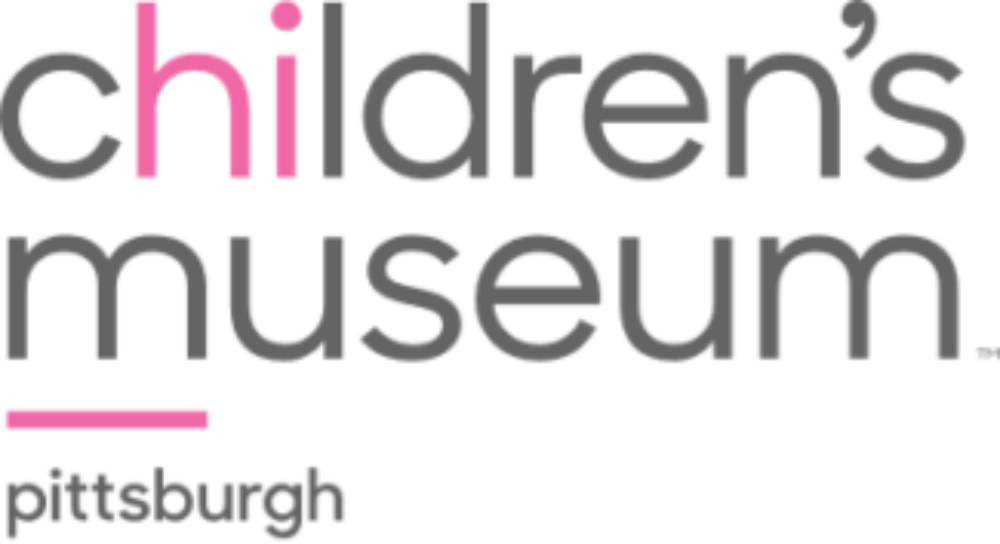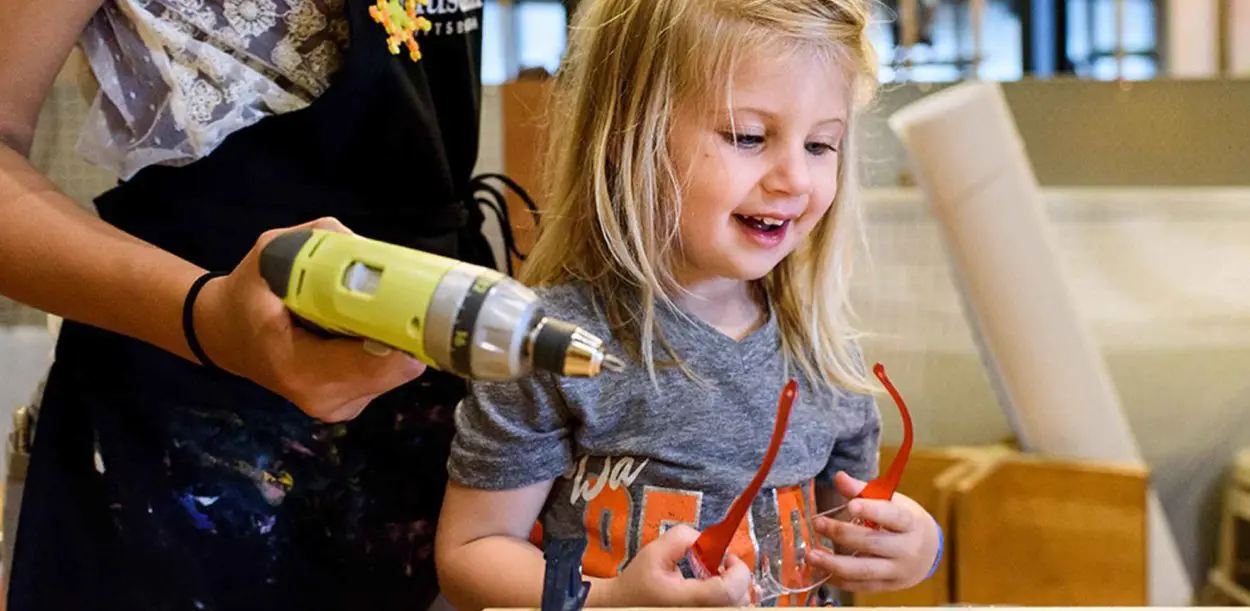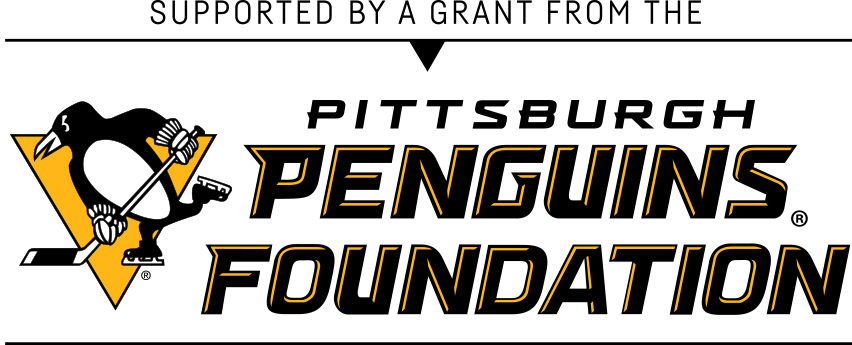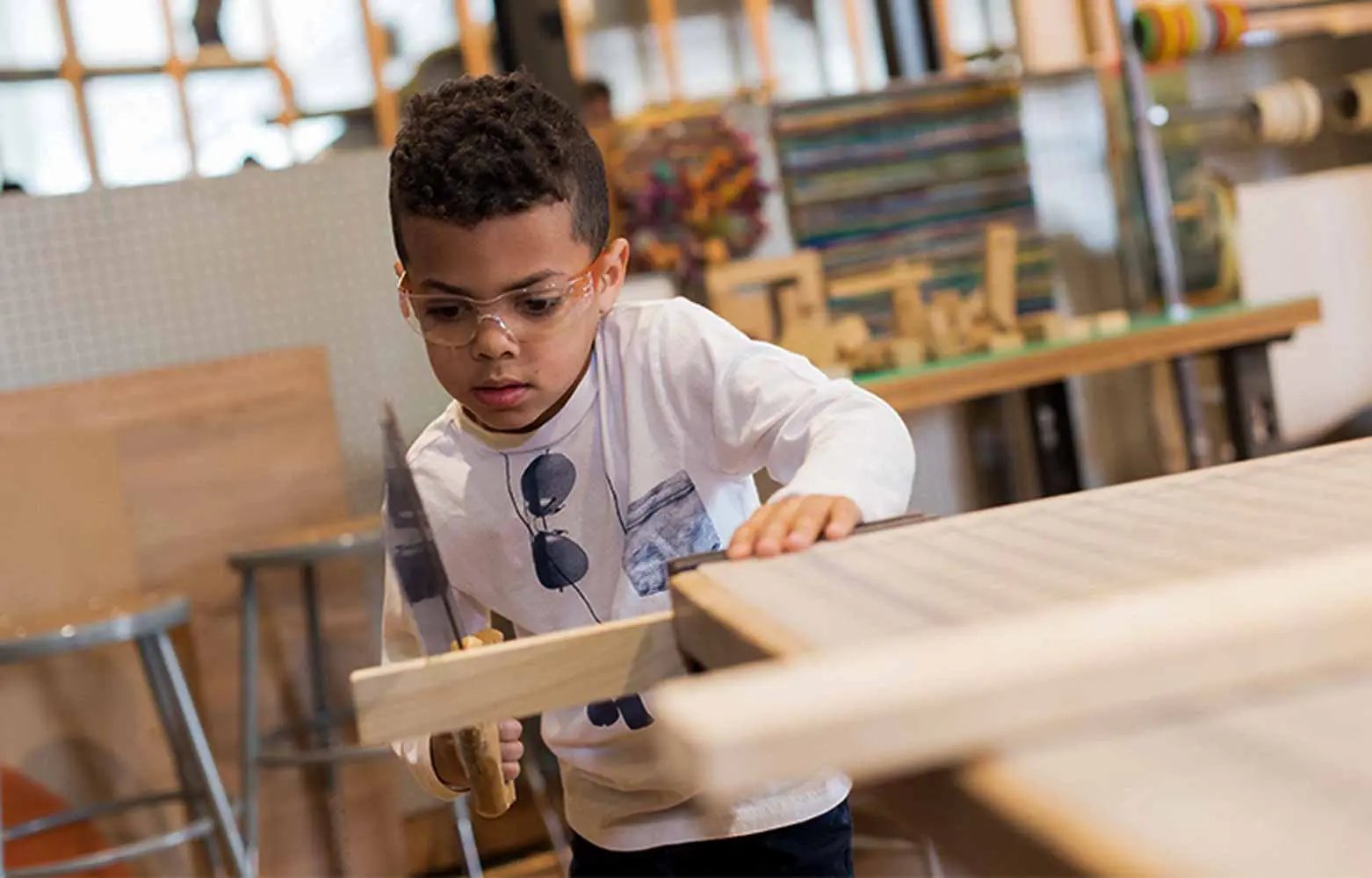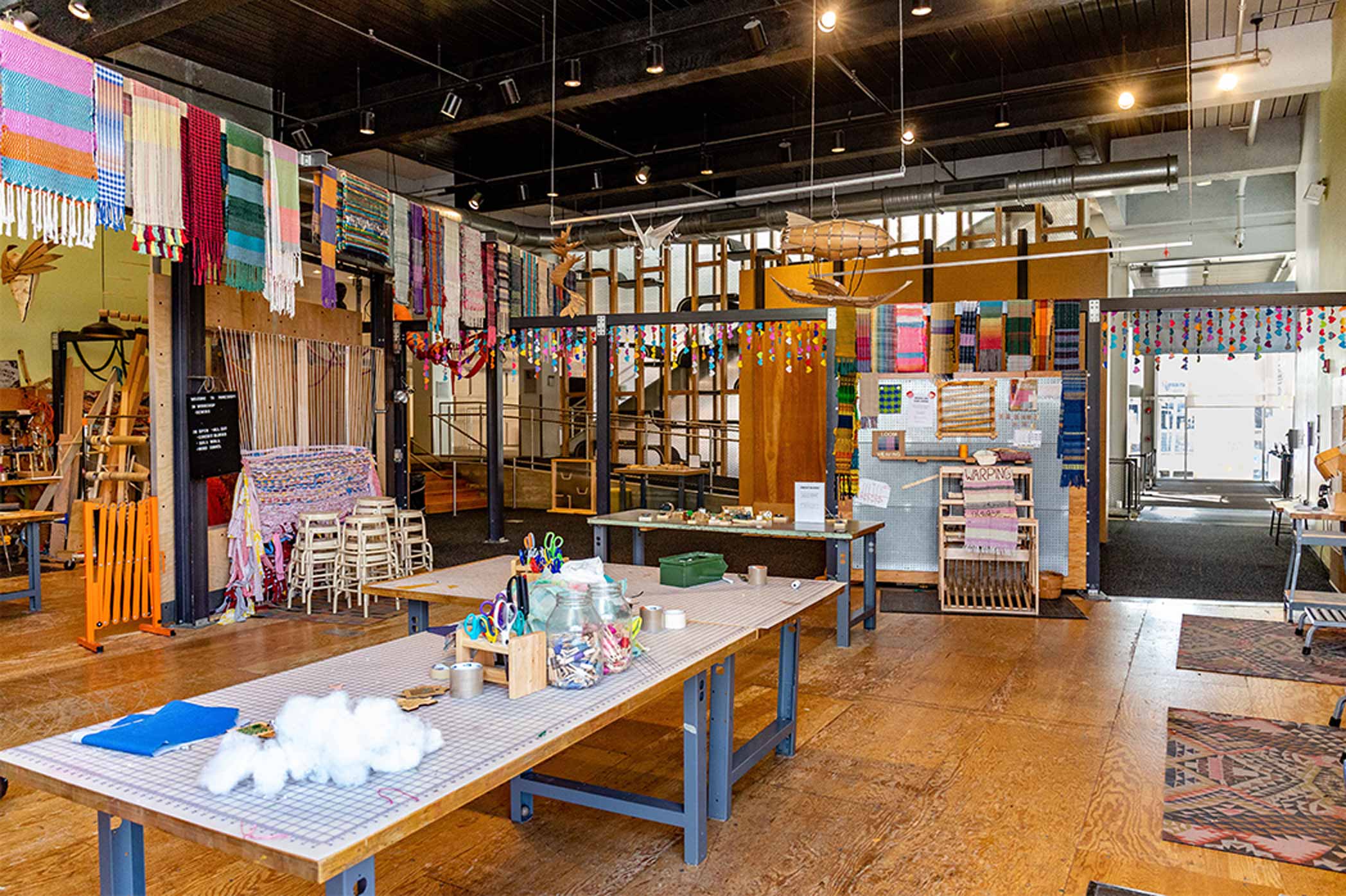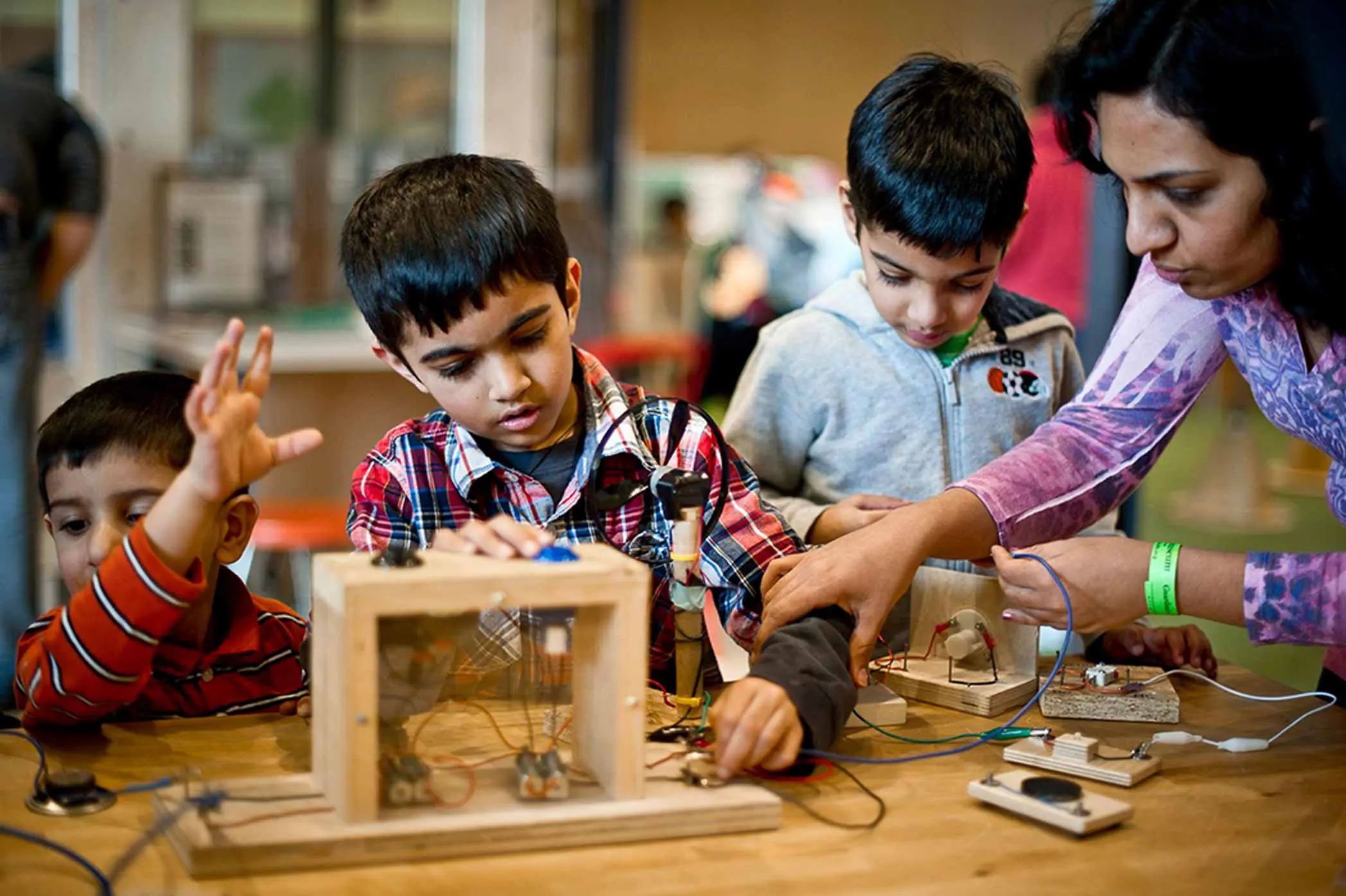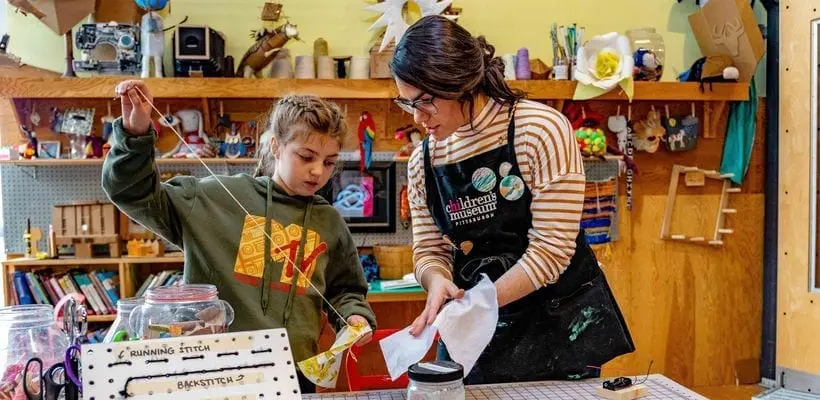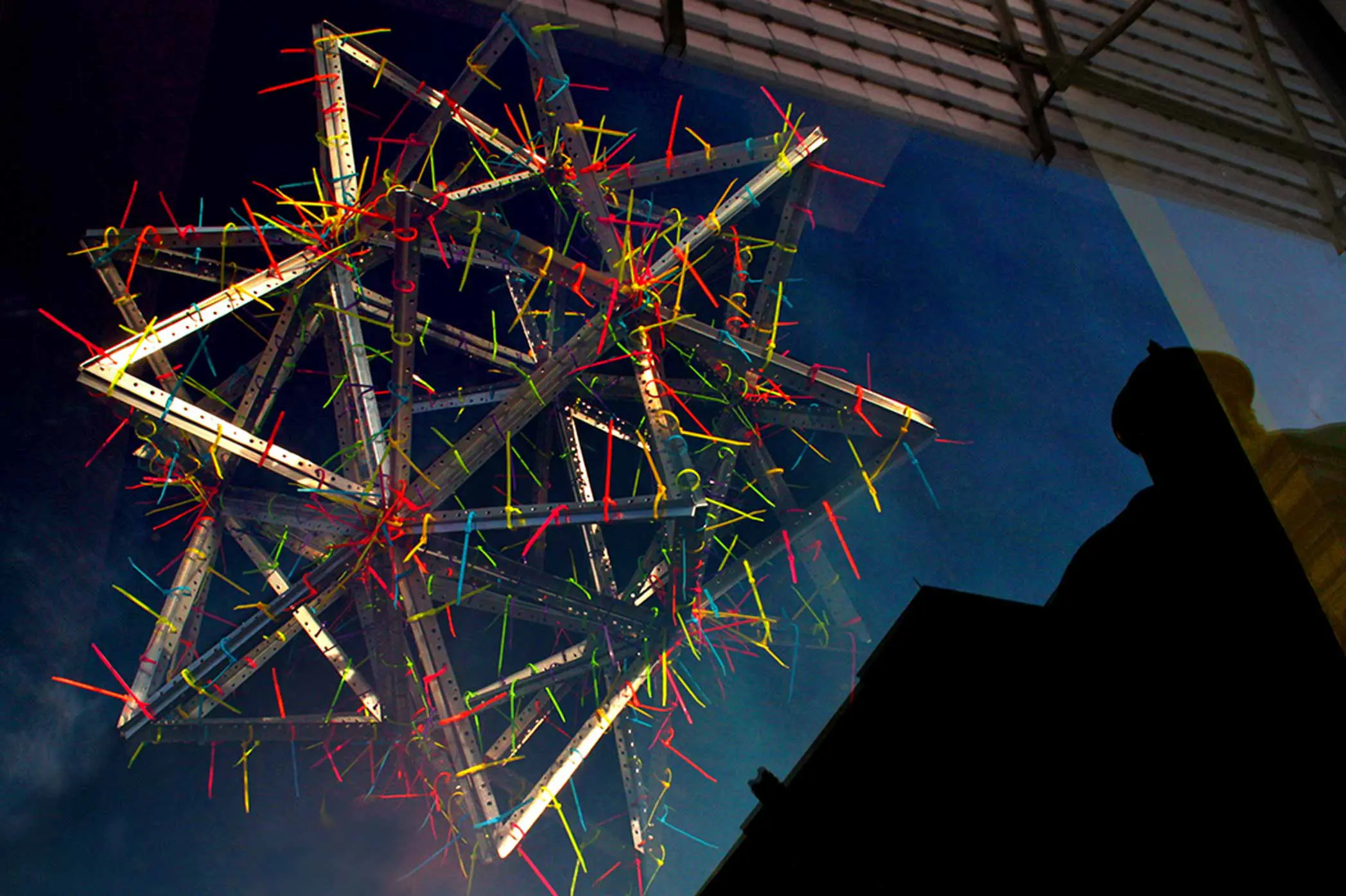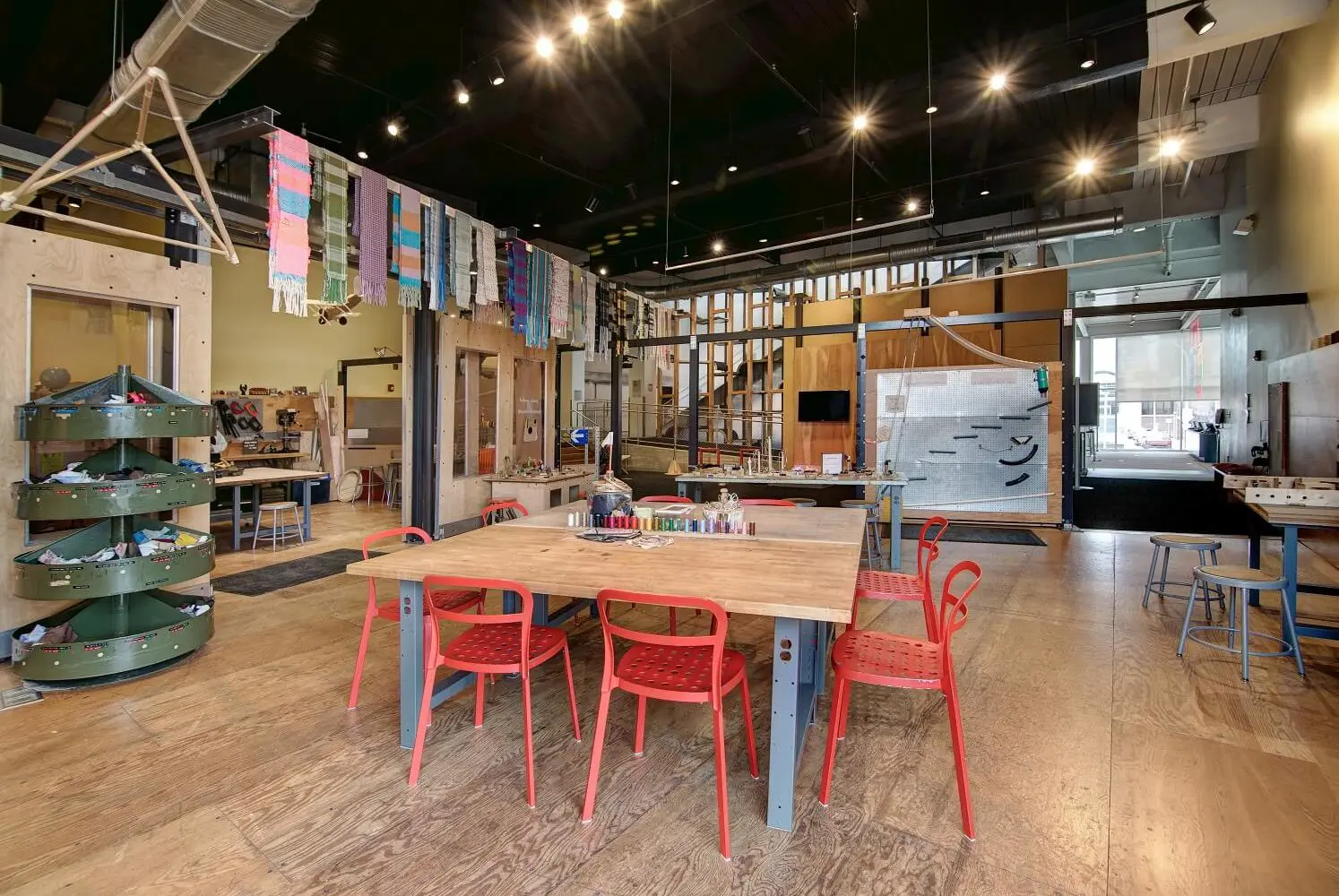tips for before and after your visit
play with real stuff
Use real tools and materials in MAKESHOP. Try out a sewing machine, work with wood or tinker with electronics. Work together to find inventive ways of using materials and tools and learn new skills.
focus on the process
The learning and fun is in the effort that goes into making, not necessarily what the product looks like when you are done. What are you learning through the process? What challenges did you face? Look back on the steps of your process. Reflect on your work and what you learned.
try something new
Have you visited MAKESHOP before? Think of some new ways of expanding what you learned during your last visit. Our Teaching Artists are wonderful resources. Ask them to help you learn a more advanced method or to introduce a material that will deepen your understanding
Use real tools and materials in MAKESHOP. Try out a sewing machine, work with wood or tinker with electronics. Work together to find inventive ways of using materials and tools and learn new skills.
The learning and fun is in the effort that goes into making, not necessarily what the product looks like when you are done. What are you learning through the process? What challenges did you face? Look back on the steps of your process. Reflect on your work and what you learned.
Have you visited MAKESHOP before? Think of some new ways of expanding what you learned during your last visit. Our Teaching Artists are wonderful resources. Ask them to help you learn a more advanced method or to introduce a material that will deepen your understanding
